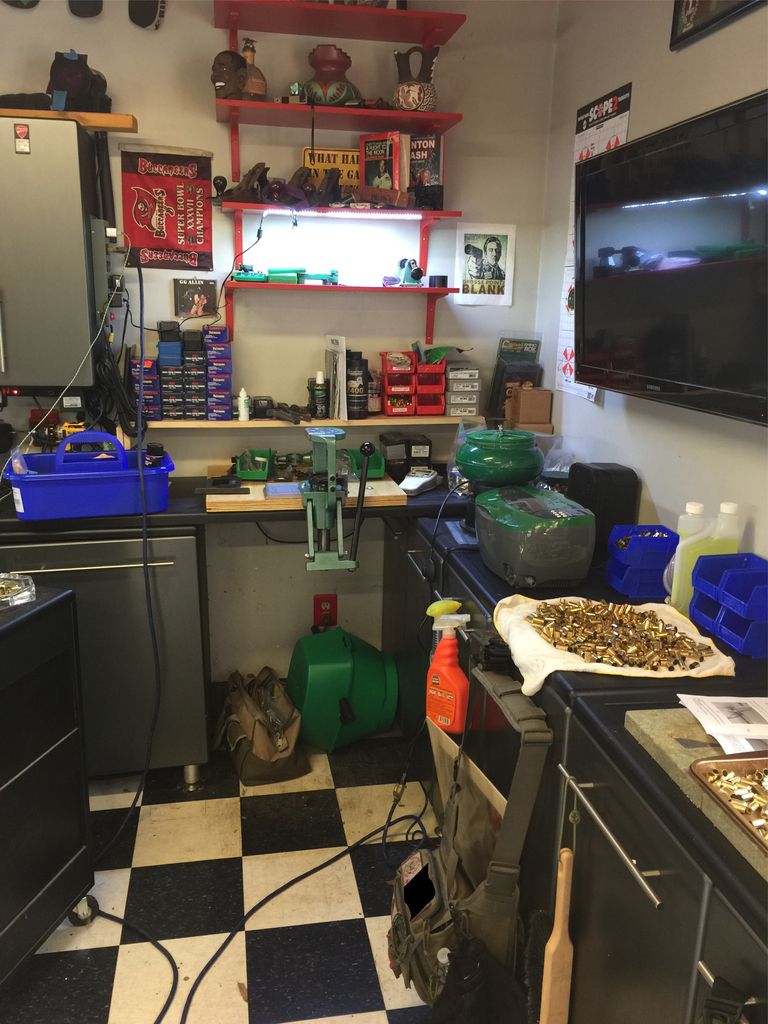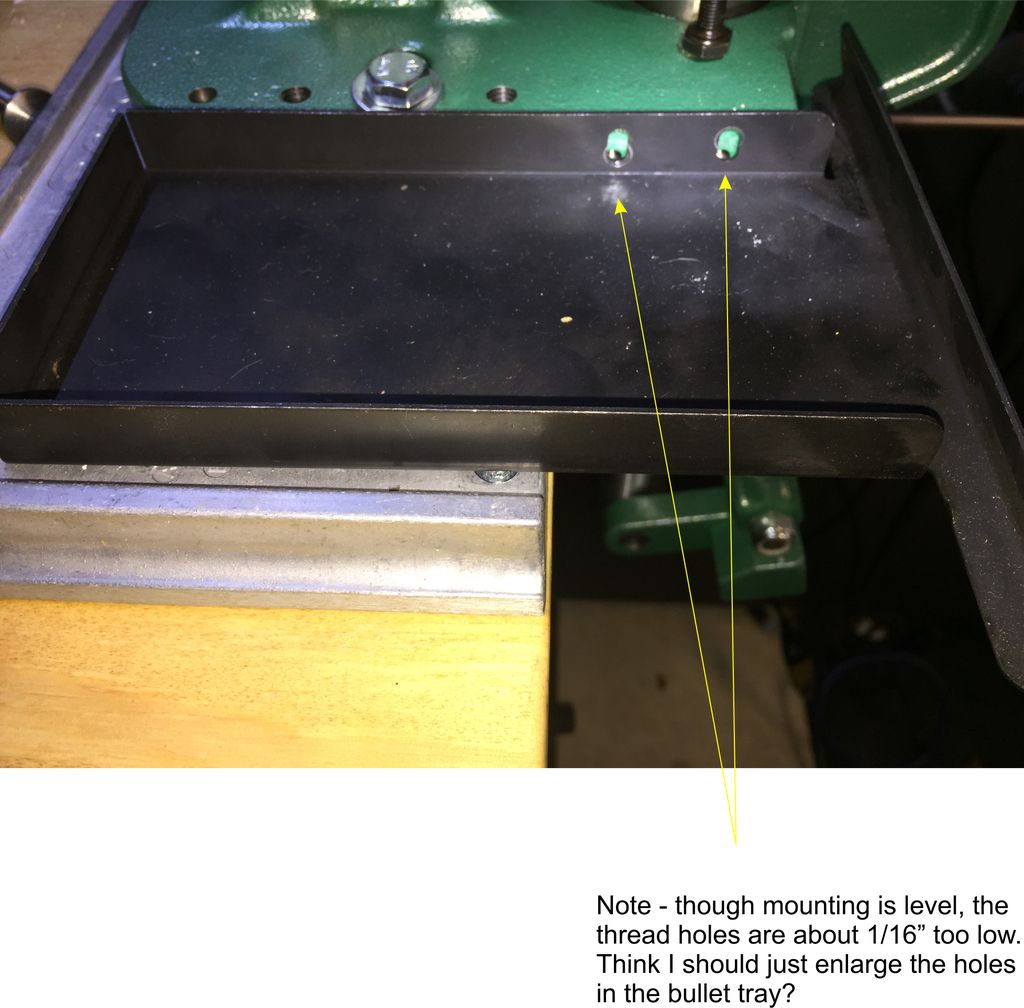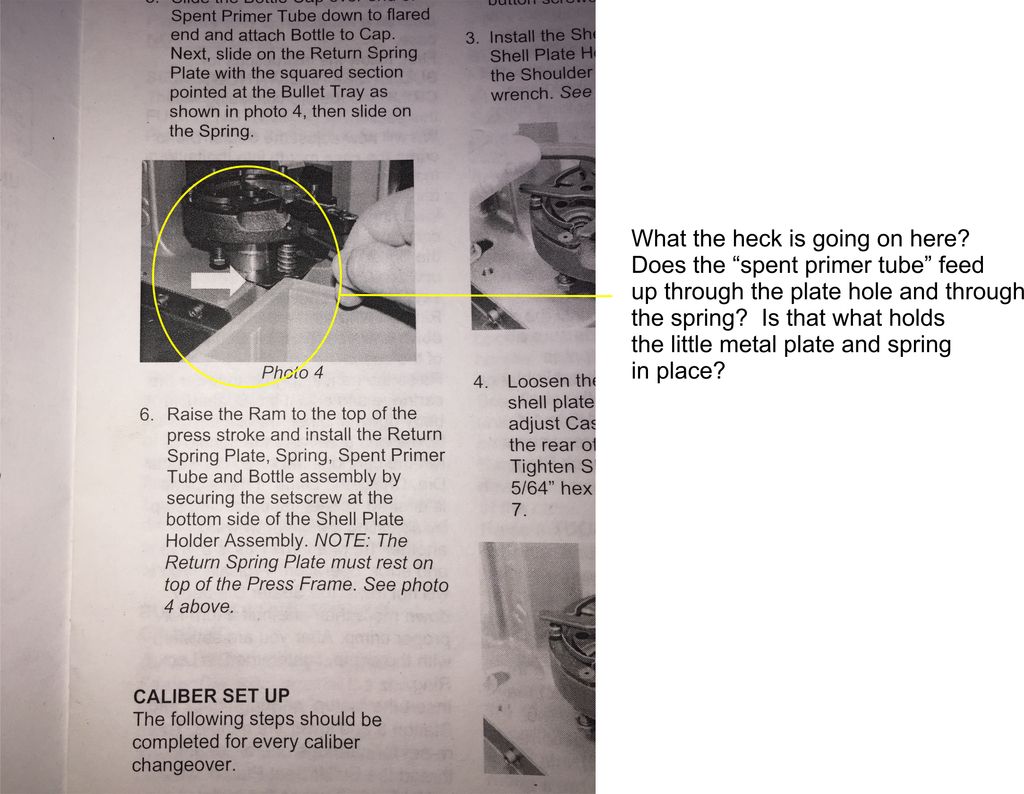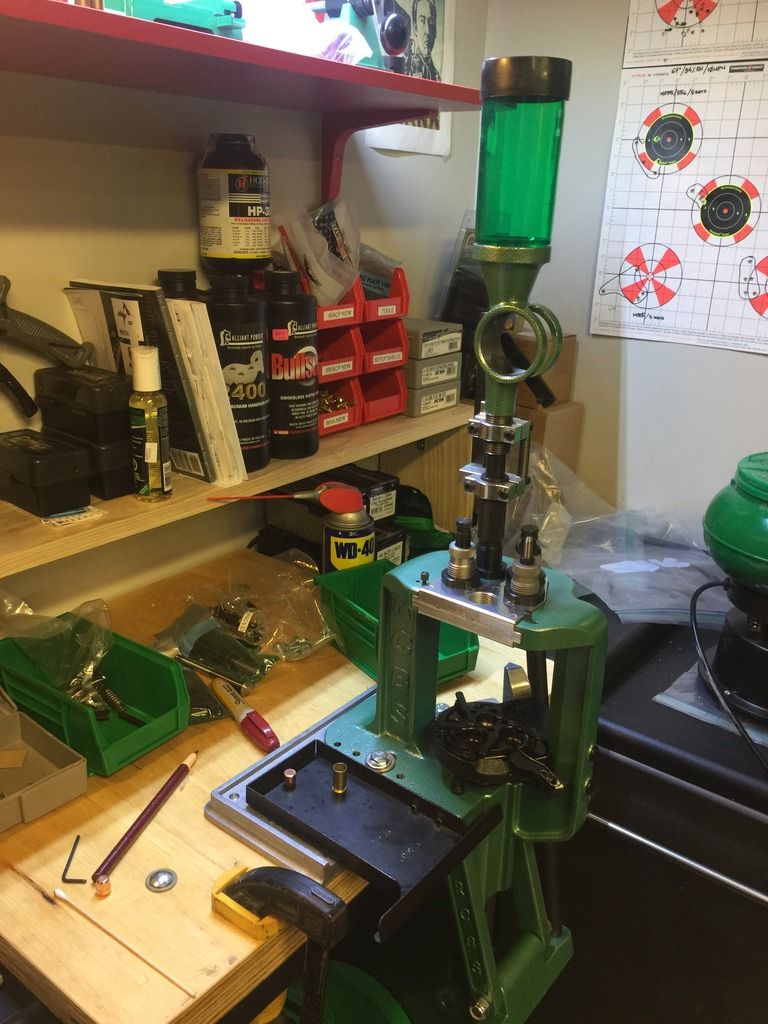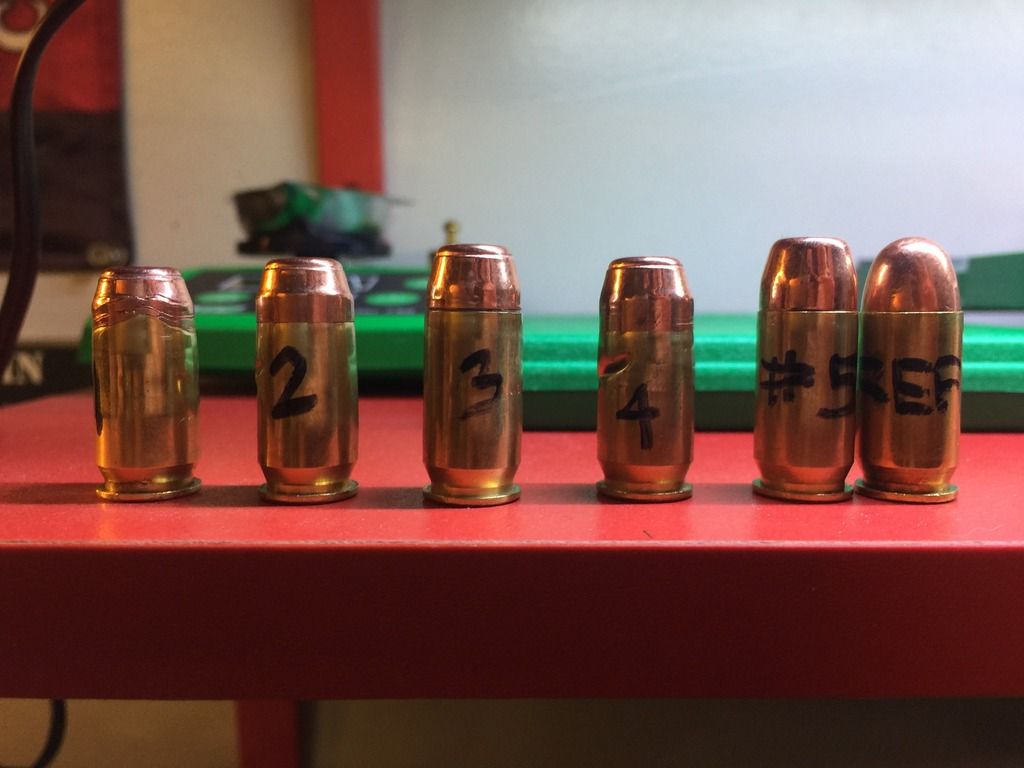Ghostpepper5K
Inactive
Howdy y'all. This is my first real post. I finished the 5 obligatory BS ones and now I am cooking with gas.
Yeah, yeah - I've searched the forums. I wanted a fresh post on this subject and let's see what turns up.
So, I was the unwitting recipient of a brand new RCBS 2000 Pro reloading system with almost everything imaginable - pounds of powder, 20k primers, ultrasonic cleaner, dies, etc. - all brand new.
I "know" about reloading, in that I know what about 50% of the parts are and what the various stages and components. I've not pulled a single round yet, much less get the press fully assembled. I'm taking it slow as I have a high level of respect of what can go wrong during assembly.
Compounding my questions, is the fact that the poor folks at RCBS are in the flood zone of the Oroville Dam and are not expected to be back in the office until next week.
So...if someone has a Pro 2000, I have some questions you might be able to help me with.
In more general questions:
1) I have both a full and a dry media setup. Dry media seems pretty straightforward. How the heck are you supposed to dry the rounds from the ultrasonic? I'm all ears for preferences.
2) Getting started - As I mentioned, I have never reloaded a round in my life and have no one to show me. I am skilled with firearms and am inclined towards the skills needed to reload. I've taken several weeks to develop a scientific method towards reloading (documentation, controls, minimization of variables, etc.) - new brass, Speer formula, note taking, etc.
I'm sure I'm gonna have more questions, so I am hoping to find a fellow Pro 2000 user.
Yeah, yeah - I've searched the forums. I wanted a fresh post on this subject and let's see what turns up.
So, I was the unwitting recipient of a brand new RCBS 2000 Pro reloading system with almost everything imaginable - pounds of powder, 20k primers, ultrasonic cleaner, dies, etc. - all brand new.
I "know" about reloading, in that I know what about 50% of the parts are and what the various stages and components. I've not pulled a single round yet, much less get the press fully assembled. I'm taking it slow as I have a high level of respect of what can go wrong during assembly.
Compounding my questions, is the fact that the poor folks at RCBS are in the flood zone of the Oroville Dam and are not expected to be back in the office until next week.
So...if someone has a Pro 2000, I have some questions you might be able to help me with.
In more general questions:
1) I have both a full and a dry media setup. Dry media seems pretty straightforward. How the heck are you supposed to dry the rounds from the ultrasonic? I'm all ears for preferences.
2) Getting started - As I mentioned, I have never reloaded a round in my life and have no one to show me. I am skilled with firearms and am inclined towards the skills needed to reload. I've taken several weeks to develop a scientific method towards reloading (documentation, controls, minimization of variables, etc.) - new brass, Speer formula, note taking, etc.
I'm sure I'm gonna have more questions, so I am hoping to find a fellow Pro 2000 user.

